Grade 2 - Full Year Math Bundle - Ontario New 2020 Curriculum
Grade 2 - Full Year Math Bundle - Ontario New 2020 Curriculum
Interested in a bundle? Shop below instead!
Couldn't load pickup availability
PRODUCT PREVIEW
Grade 2 - New Ontario Math Curriculum 2020 – This bundle covers all expectations in the Grade 2 - New Ontario Math Curriculum. Included are 661 activity pages for your students to learn the overall and specific expectations outlined by the Ministry of Education.
Check out each of the strands below to learn more about the resources included in this bundle. THIS BUNDLE INCLUDES THE GOOGLE AND PDF VERSIONS.
Strand B - Number (Number Sense and Operations)
- Composing and decomposing whole numbers to 200
- Using base ten blocks to represent numbers to 200
- Counting money as base ten reinforcement ($100, $10, $1)
- Comparing and ordering numbers to 200
- Estimating the number of objects in collections of up to 200
- Even and Odd Numbers
- Counting by 20, 25, and 50 to 200
- Place value (assignment as well as activity sheets)
- Fair sharing of items to 10
- Number line addition, subtraction, multiplication, division
- Fact Families – Relationship between multiplication and division
- Communitive property – Addition and Multiplication
- Multiplication – Repeated addition
- Division – Repeated subtraction
- Addition mental math strategies: counting on, making tens, doubling, and more
- Subtraction mental math strategies: adding up – finding the difference, counting back
- Addition and Subtraction math facts to 20
- Arrays – Multiplication and Division
- 3 Unit Quizzes
Strand C - Algebra (Patterns, Equations, Coding)
- Repeating Patterns (different shapes, sizes, colours, orientations)
- A/B/C patterns
- Increasing/decreasing patterns using addition and subtraction (whole numbers to 100)
- Table of Values
- Pattern Blocks
- Pattern Rules
- Pattern Cores
- Creating increasing, decreasing, and repeating patterns
- Relationships between whole numbers (number strings using 2, 5 and 10)
- Solving equations using variables
- Balancing addition and subtraction equations using whole numbers to 100
- Evaluating equations deciding if they are equal (balanced)
- Writing code
- Interpreting code
- 3 Unit Tests – 1 for each overall expectation
Strand D - Data (Data Literacy and Probability)
- Sorting people and things based on two attributes
- Venn Diagrams
- Carroll Diagrams
- Two-Way Tables
- Collecting data for areas of interest
- Using Tally Marks
- Using Frequency Tables
- Qualitative and Quantitative Data
- Interpreting Pictographs and Bar Graphs
- Creating Pictographs and Bar Graphs
- Creating Concrete Graphs and Line Plots
- Determining the Mode of data sets
- Drawing conclusions about different sets of data
- Drawing conclusions about different visual representations (line plot, bar graph, pictograph. Concrete graphs, two-way tables)
- Describing the likelihood of an outcome (impossible, possible, and certain)
- Completing surveys with different populations (students vs adults) and comparing the results
- Predicting the results of surveys when using a different population (students vs adults)
- 2 Unit Tests – one for each strand – Data Literacy and Probability
Strand E - Spatial Sense
- Sorting and identify two-dimensional shapes by number of sides, side lengths, angles, and lines of symmetry
- Sorting two dimensional shapes by number of vertices and angles
- Composing shapes from smaller two-dimensional shapes
- Decomposing shapes to make smaller two-dimensional shapes
- Finding 2D shapes in real life (bridges, buildings)
- Identifying congruent lengths, angles and faces in 2D shapes
- Explaining movement using distance and direction (left, right, up, down, cardinal directions – east, west, north, south)
- Creating simple maps of familiar places (classroom and bedroom)
- Interpreting simple maps (Chester Zoo and Amazingville activities)
- Reading coordinate grids to understand the position of objects
- Using the appropriate unit of measurement (metres and centimetres)
- Using non-standard units to measure side lengths
- Drawing lengths using measuring tools
- Investigating the relationship between centimetres and metres
- Estimating distance and length
- Using non-standard units to measure time
- How much time has passed? (minutes, seconds, hours)
- Using a timer to measure seconds
Strand F - Financial Literacy
- Making Benchmark Dollars
- Counting Dollars
- Counting Dollars – Base Ten
- Counting Dollars
- Skip Counting Using Bills
- Counting Benchmark Cents
- Counting Cents
- Counting Cents – Finding the Total
- Skip Counting Using Coins
- Which Would You Rather – Comparing Money Amounts - Cents
- Which Would You Rather – Comparing Money Amounts - Dollars
- Converting Cents to Dollars
- Counting Canadian Coins
- Counting Canadian Coins – Finding the Total
- Representing Cents Up To 100
- Representing Money in Different Ways (100)
- Representing Cents Up To 200
- Representing Money in Different Ways (200)
- Representing Money Up To $50
- Representing Up To $50 In Different Ways
- Representing Money Up To $100
- Representing Up To $100 In Different Ways
- Representing Money Up To $200
- Representing Up To $200 In Different Ways
- Counting Money
- Adding Money
- Adding Larger Money Amounts
- How Many Ways Can You Represent Money?
- How Many Ways Can You Represent Money? – Larger Amounts
- Finding Exact Change Up To 100 Cents
- Finding Exact Change Up To 200 Cents
- Paying For Things Up To $50
- Paying For Things Up To $100
- Paying For Things Up To $200
- Unit Test – Financial Literacy
This is a comprehensive unit that will save you hours of planning! It has been tested and found effective in helping students achieve the learning goals setup by the Ministry of Education in their new math curriculum.
Share
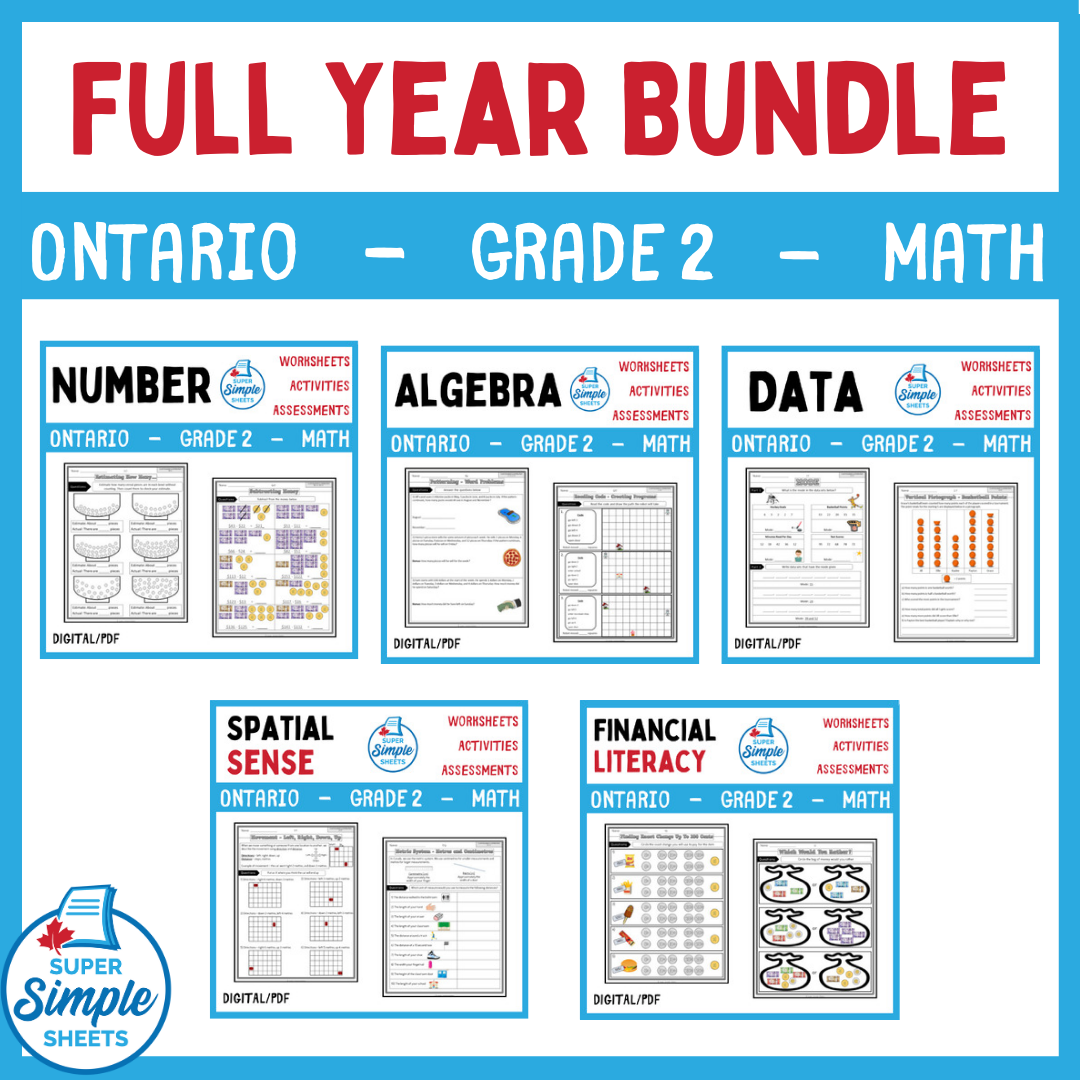
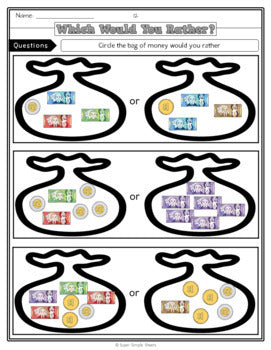
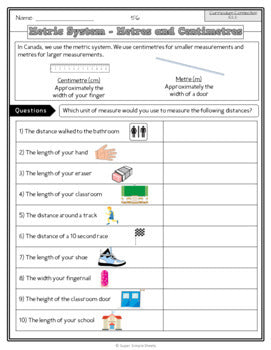
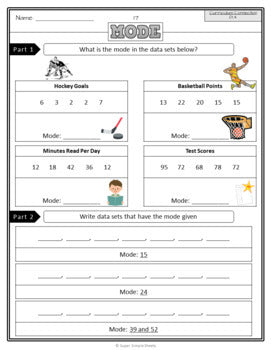
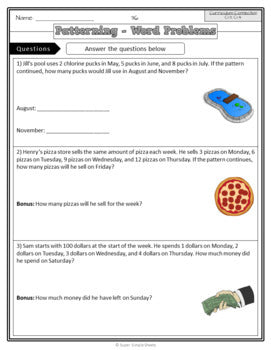
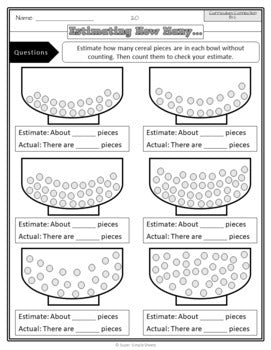
Easy to use and follow in the classroom. I appreciate the exit tickets!
This resource is clear and easy to use to teach foundational math lessons to teach students how to use math tools and strategies. Great resource!
This bundle is a detailed pack and covers the curriculum effectively.
I wish it included more mini-quizzes for each unit!
Overall, I liked the pack!









